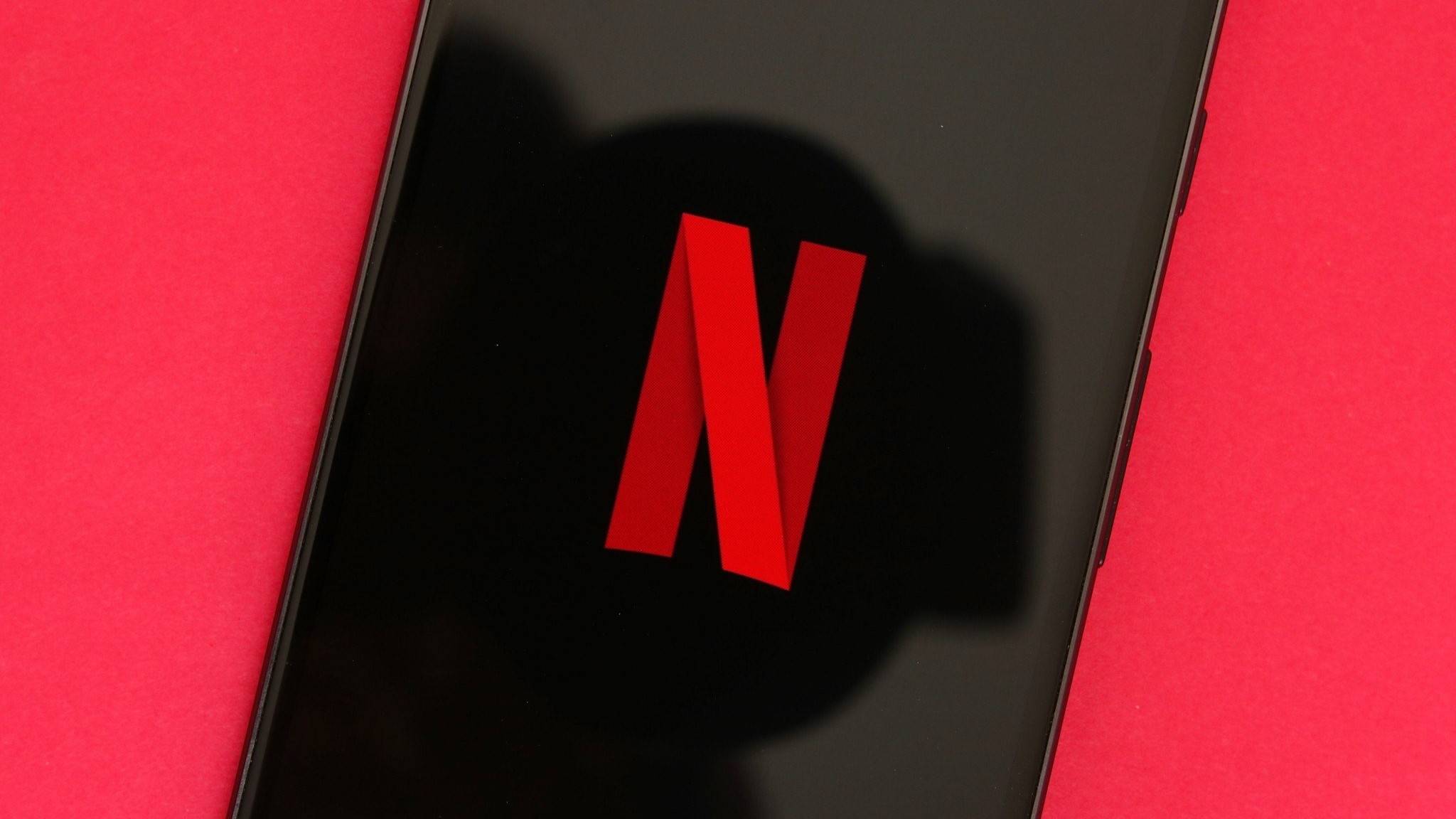How to switch carriers: AT&T, T-Mobile, Verizon
Knowing how to change carriers can save you money and improve your service.
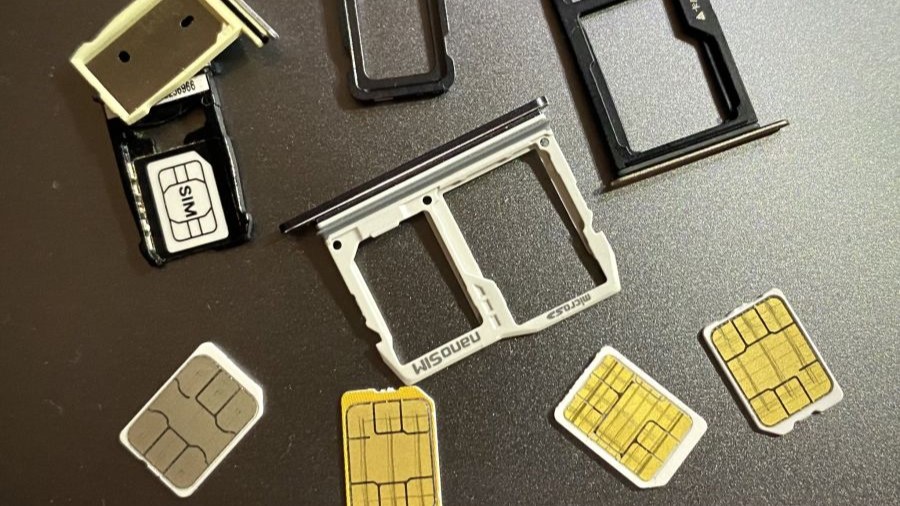
Best answer: If you want to keep your current phone, it needs to be unlocked and compatible with a new carrier. To keep your number, you need to port the number with the new carrier. Remember not to cancel your old account until the port is complete.
Which carrier should you switch to?
There are some great cell phone plans available, but the most important thing is the network when it comes down to it. It's no good signing up for a phone plan if you can't use it everywhere you go.
While all carriers have made huge strides in recent years to make sure they offer service where most Americans live, some rural areas still strongly favor one carrier. T-Mobile has the strongest 5G network, but AT&T and Verizon tend to have greater coverage in rural areas. You'll need to check out the coverage maps for AT&T, T-Mobile, and Verizon before signing up to be sure.
If you like a carrier's network but not the plans, it's time to check out an MVNO. The best MVNOs can save you money by getting rid of the features and services you don't need and offering a simplified phone plan. For example, if you know you need the Verizon or T-Mobile network, you can choose an MVNO based on Verizon or an MVNO on T-Mobile.

One of the fastest LTE networks around
AT&T is a great choice for those looking for some of the best LTE speeds possible and a growing 5G network adding even more speed.
AT&T isn't the cheapest carrier around, but it sweetens the deal with some valuable extras like HBO Max with its Unlimited Elite plan. New lines also get six months of Google Stadia for free. If you're eligible, the Signature Program members can save even more if your work or organization participates.
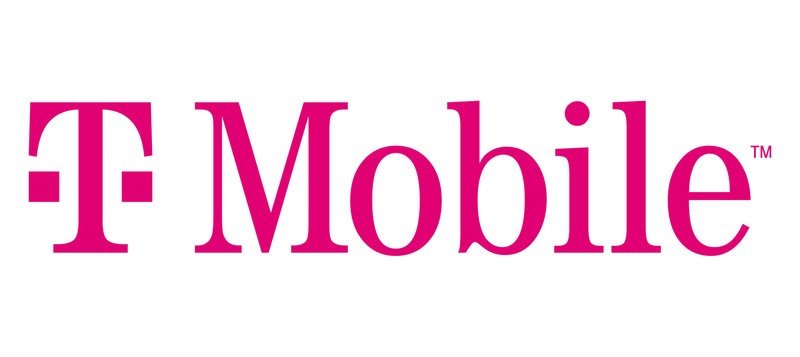
Greatly improved coverage with the best 5G speeds
T-Mobile has been working hard to improve its network and has built the largest and fastest 5G network in the country and won't give up that lead anytime soon.
If you're thinking about switching to T-Mobile, your best bet is to use a 5G phone. While T-Mobile's LTE network is solid and has very similar coverage to 5G, higher and more consistent speeds are unlocked with a 5G-capable device. T-Mobile also has a great 55+ plan for older customers looking to save some money on a multi-line account.
Be an expert in 5 minutes
Get the latest news from Android Central, your trusted companion in the world of Android

Huge LTE coverage area
Verizon has earned its reputation for having some of the best coverage with LTE just about anywhere in the country where there are people.
Verizon also has big savings for accounts with multiple lines so if you bring the whole family along, you can likely save more than having everyone use their own account. If you're ready to sign up with Verizon, there are usually some great deals available.
I want to keep my phone
Unless you owe money on it, there's a good chance you can bring your phone once you learn how to switch carriers. If you bought one of the best Android phones unlocked, there's a good chance it will work with your new carrier's network.
Quite a few new phones are compatible with multiple carriers, meaning you are a SIM swap away from connecting to a new network. Once you check to see whether your phone will be compatible with a new carrier, you must make sure the phone is fully paid off and unlocked. On some networks, you will need to know your account password or PIN to finish activation.
Check your phone compatibility
The first thing to check is that your phone will work on your new network. While many phones now work with nearly every carrier, a few older models, especially those built for Verizon and Sprint, won't work with other carriers. Be sure to check your phone with your preferred carrier, or you may be stuck trading in that phone and losing value. Next, you will need your IMEI number to check your phone. You can find this number in the about section of your phone's setting.
All of the major carriers support bringing a 5G phone as well as long as you sign up for a plan that supports it, have a phone that's compatible with its 5G bands, and of course, you should make sure you have 5G coverage in your city.
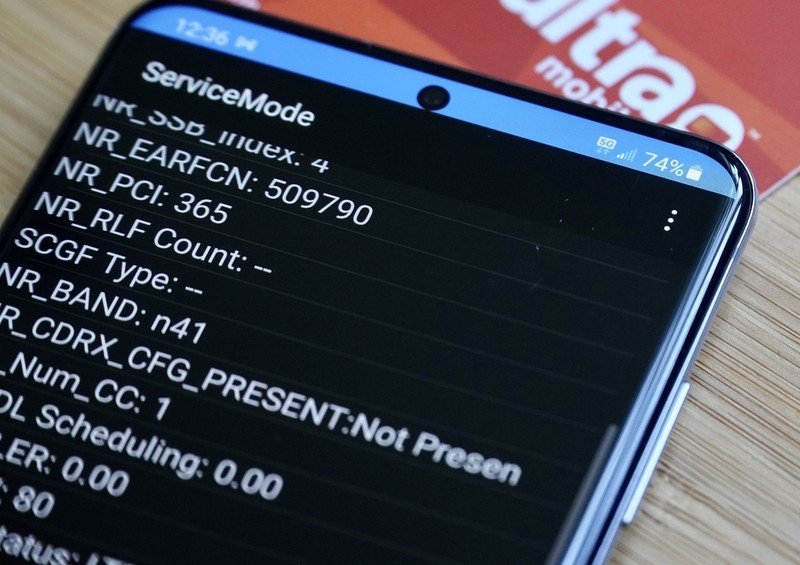
On AT&T, most GSM unlocked phones will work with their 3G and 4G LTE with a simple SIM card swap. In this case, the SIM card should carry all of the information the phone needs to connect to AT&T's network. You may need to manually enter the APN settings yourself in some rare cases. In most cases, this information will fill automatically. You can check to make sure your phone is compatible by checking it on AT&T's BYOD page. 5G phones should technically work if they support band n5, but you should check with AT&T first since some won't be allowed by software to connect.
T-Mobile is largely the same process as AT&T with a GSM network that will work with most phones. With a SIM card swap, a compatible device should connect automatically though you may need to enter the APN settings manually in rare cases. Check your phone on T-Mobile's BYOP page to be sure. T-Mobile mostly uses the 5G bands n71 and n41 and will work with most 5G phones made for the US market.
Sprint is no longer adding new customers to its network, and all Sprint-related services are being redirected to T-Mobile's network and plans. So if you were thinking about buying a Sprint-branded device used or unlocked, be sure that it will work with T-Mobile's network instead.
If you're a Sprint customer looking to get a T-Mobile SIM card for your phone, you'll need to contact customer service to get it set up. It may also be a good idea to visit a store so you can be sure the new SIM card gets properly activated for your phone.
Verizon's network may be a little pickier, but you can still check your phone on its BYOD page to see whether it's compatible. If so, you will need a SIM card from Verizon to get connected. Verizon supports unlocked 5G devices on its network as long as the phone supports its n5 DSS 5G bands. So the easiest way to find out for sure is to check with Verizon.
If you're bringing your old phone to a new carrier, be sure to check that it's paid off and SIM unlocked.
Make sure you don't owe your current provider
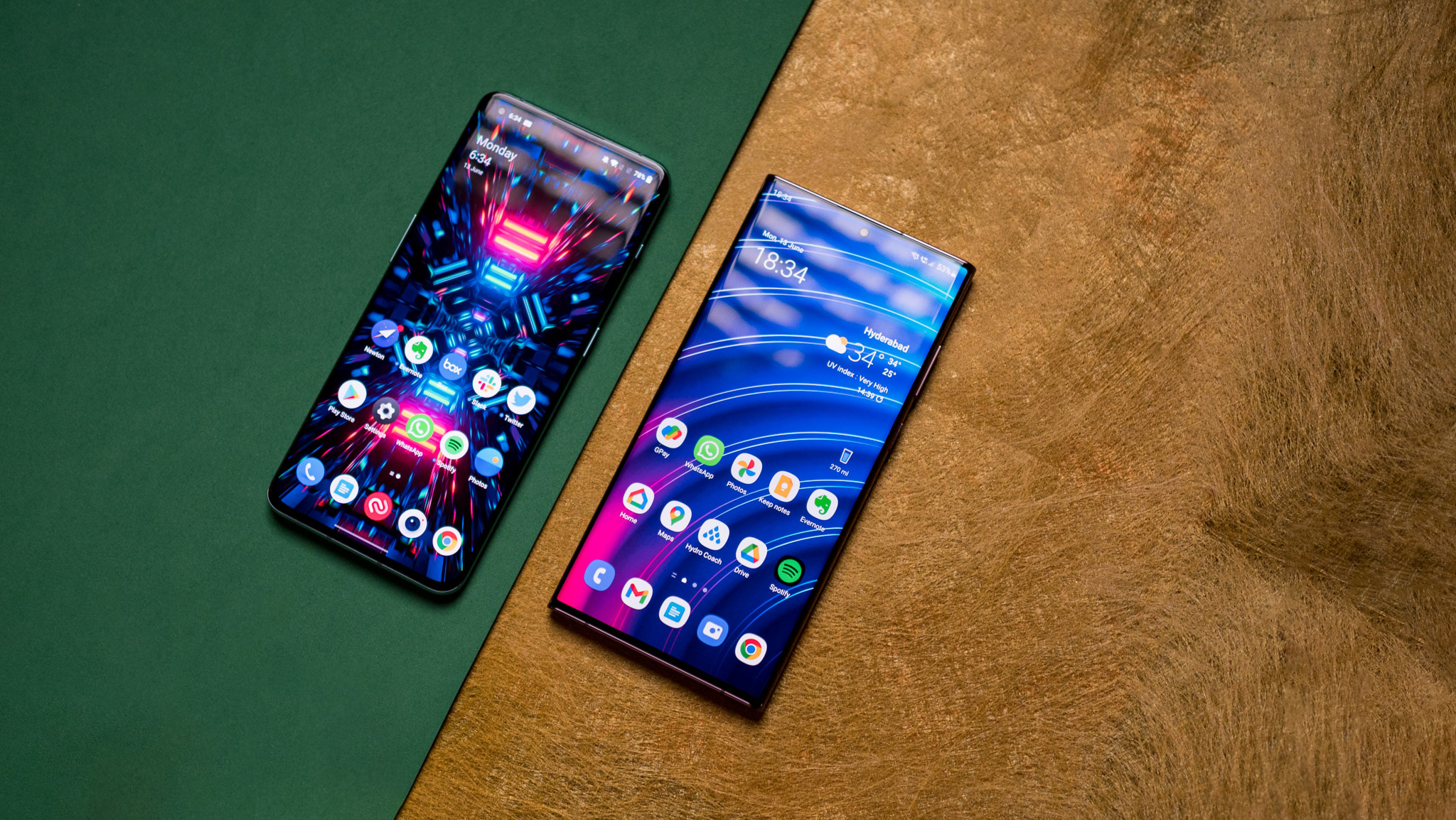
While phone carriers no longer lock phones to one network like in years past, you still might not be able to take the phone with you. The first thing to check is that you are not leasing the phone or still making payments. If you are, you will need to buy out the phone to take it to another carrier. This shouldn't apply if you leased your phone through another store or the manufacturer.
To be sure, you can contact your current carrier to see whether you own your device or whether you have any outstanding fees that need to be settled.
- AT&T: (800) 331-0500 or 611 from your AT&T phone
- T-Mobile or Sprint: (800) 937-8997 or 611 from your T-Mobile phone
- Verizon: (800) 922-0204 or 611 from your Verizon phone
If you want a new phone number, you can make a new account and get a SIM card from your new provider.
I want to keep my number
If you want to keep your number, you can port it to your new carrier. Remember: Do not cancel your old service until the port is complete.
Have your previous account information
You will need your old account information to complete your number transfer. You will need your current account number and password/PIN, as well as the account holder's name, billing address, and Social Security number. Your new provider will use this information to request your number to transfer.
You can check your number's port eligibility online with each respective carrier. If everything looks good, you'll complete the rest of the procedure with your new carrier. You may need to pay line or device activation fees when you start your new service.
When Samuel is not writing about networking or 5G at Android Central, he spends most of his time researching computer components and obsessing over what CPU goes into the ultimate Windows 98 computer. It's the Pentium 3.

